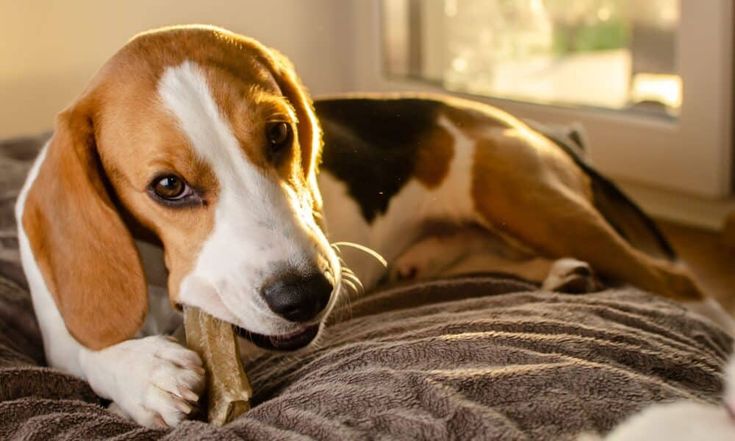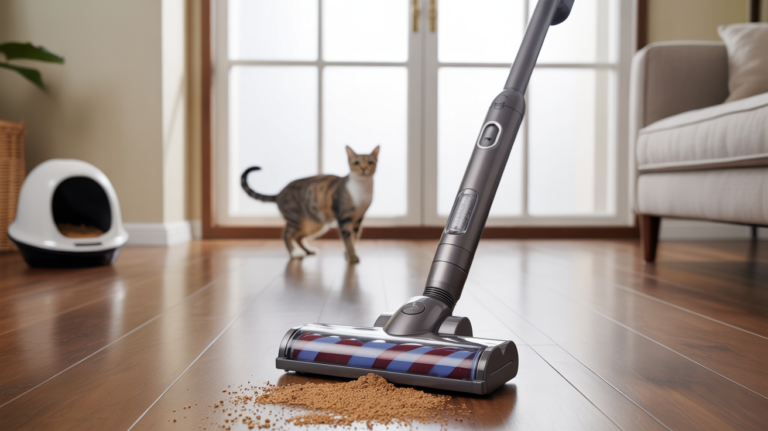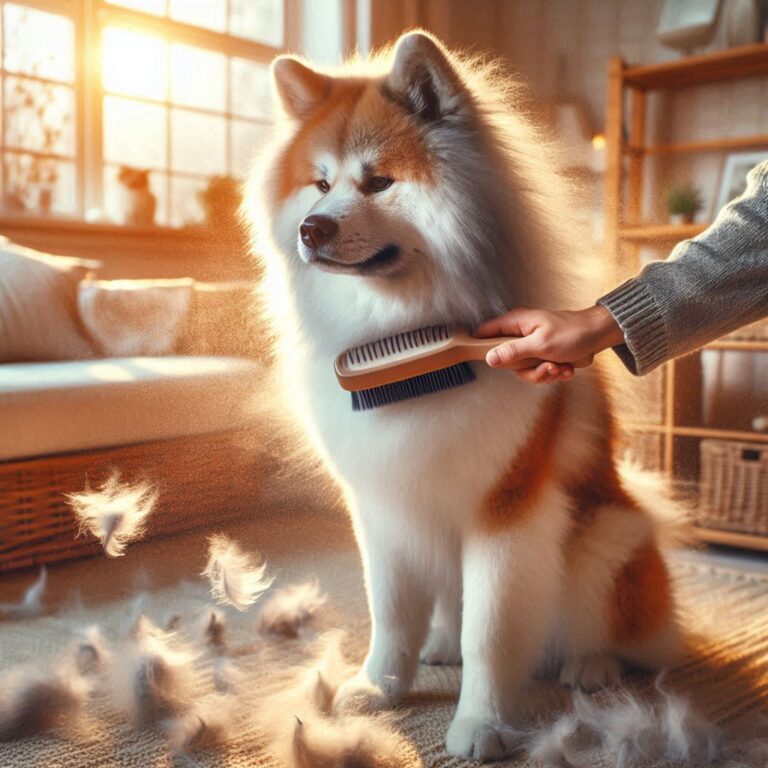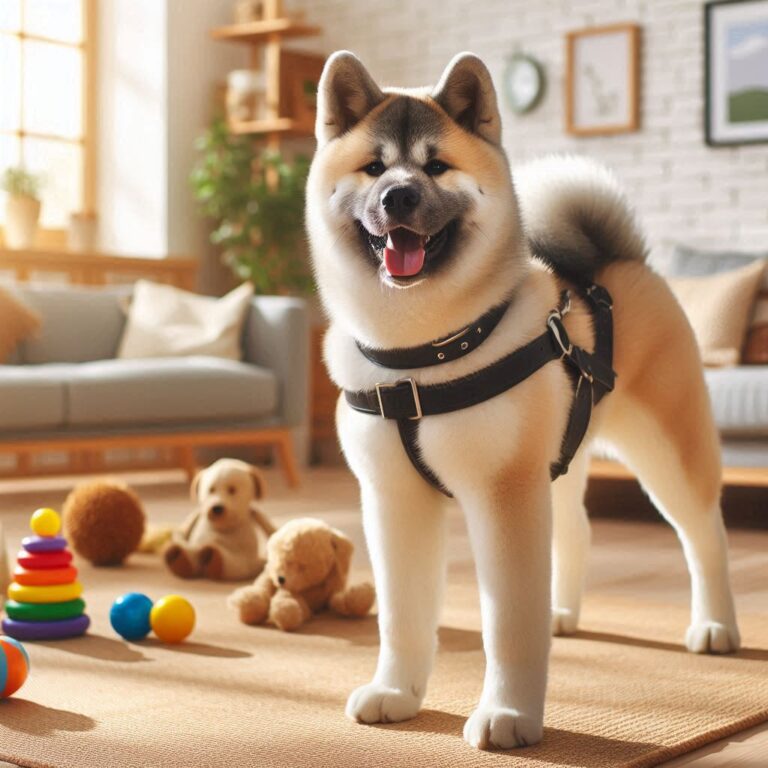How to Stop a Dog from Chewing on Wood
Dogs can be wonderful companions, but sometimes they develop habits that leave us scratching our heads, like chewing on furniture—especially wood. If you’ve ever caught your dog gnawing on your favorite wooden table or chair, you know just how frustrating and destructive it can be. So, why do dogs chew on wood in the first place, and how to stop a dog from chewing on wood?
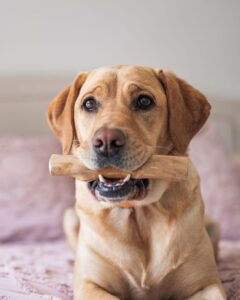
Whether you’re dealing with a puppy going through their teething phase or an adult dog that’s picked up an annoying habit, it’s important to understand the reasons behind this behavior. We’ll explore why your dog might be chewing wood, the potential risks involved, and, most importantly, how to prevent it. If you’re ready to protect your furniture and get your dog on the right track, keep reading!
Understanding Why Dogs Chew on Wood
Natural Instincts and Exploration
Dogs are natural chewers, and chewing is an inherent behavior that originates from their wild ancestors. In the wild, dogs would chew on bones and sticks, not only for nutrition but also to keep their teeth clean and strong. Puppies, in particular, tend to explore the world around them with their mouths. This behavior is completely normal and is simply part of their natural development.
When your dog chews on wood, it’s likely their way of interacting with their environment. If you think about it, every dog is essentially a curious explorer, and their mouths are their primary tool for this. They might be attracted to the texture, shape, or even smell of the wood. So, when they chew on your furniture, it’s often less about mischief and more about them trying to understand the world around them.
Teething in Puppies
If your dog is a puppy, chewing on wood could simply be a result of teething. Just like babies, puppies experience discomfort as their baby teeth fall out and their adult teeth emerge. This process, known as teething, can cause your puppy a lot of discomfort, and chewing on wood (or anything else they can find) may provide some relief.
Puppies typically go through this teething phase between the ages of 3 to 6 months, and during this time, they might chew on anything they can get their paws on. While it’s entirely natural for puppies to chew during this phase, it’s important to redirect their focus to appropriate chew toys to avoid damage to your home and prevent them from developing bad habits.
Boredom and Lack of Stimulation
Dogs need mental and physical stimulation, and if they don’t get it, they’ll often find ways to entertain themselves—sometimes in destructive ways. Boredom is a leading cause of chewing behavior. When left alone for long periods or without sufficient exercise, dogs may resort to chewing to pass the time or burn off excess energy. This is particularly common with active breeds or high-energy dogs who need more physical activity than others.
Wooden furniture, baseboards, or any accessible wood may become the target simply because it’s available. Chewing on wood may also be their way of seeking attention, especially if they notice it gets a reaction from you.
Separation Anxiety
If your dog only chews on wood when you’re not around, it could be a sign of separation anxiety. Dogs with separation anxiety often display destructive behaviors as a way of coping with the stress of being left alone. This can include chewing, barking, or even urinating in the house. Chewing on wood in this case is often a form of self-soothing or an attempt to alleviate the anxiety they experience when separated from their owners.
Nutritional Deficiencies
In some rare cases, a dog may chew on wood due to a nutritional deficiency, a condition known as pica. If a dog is lacking certain minerals or vitamins in their diet, they may be driven to chew on non-food items, including wood. It’s important to consult with a veterinarian if you suspect this behavior may be linked to nutritional imbalances or if it persists beyond the typical chewing stages.
Risks of Wood Chewing
While chewing is a natural and instinctual behavior, it can have serious risks, especially when it involves hard or treated materials like wood. Here’s why you should be concerned about your dog chewing on wood:
- Dental Injuries: One of the most common issues associated with wood chewing is dental damage. Wooden items, especially harder ones like furniture, can break your dog’s teeth. The force of chewing on something too hard can cause fractures or chips, leading to painful dental issues that may require professional treatment.
- Digestive Issues: Swallowing small pieces of wood can cause a variety of digestive issues. Wood splinters can get lodged in your dog’s throat, esophagus, or intestines, which can lead to serious problems like blockages, discomfort, or even life-threatening perforations. If you notice your dog ingesting wood, be vigilant about their health and take them to the vet immediately if necessary.
- Toxicity: Some types of wood, especially treated wood or wood that has been painted or stained, contain chemicals that are harmful to dogs. These chemicals can lead to poisoning if ingested. Always ensure that any wood your dog might chew on is untreated and free of chemicals to keep them safe.
- Choking Hazards: Small or sharp pieces of wood can easily break off and become choking hazards, especially for smaller dogs. It’s essential to monitor your dog’s chewing habits to ensure they’re not swallowing pieces of wood that could get stuck in their throat.
How to Prevent Your Dog from Chewing on Wood
Now that we’ve seen the reasons behind wood chewing and the risks involved, let’s discuss how you can stop your dog from chewing on wood and protect your home. Here are practical and effective solutions:
1. Provide Appropriate Chew Toys
One of the simplest and most effective ways to prevent your dog from chewing on wood is to provide them with appropriate chew toys. Dogs love to chew, so offering them a variety of safe, durable toys can redirect their attention away from your furniture. Rubber toys, durable nylon bones, and interactive toys that you can stuff with treats or peanut butter are excellent choices.
Chew toys also come in a variety of textures, which can help satisfy your dog’s natural chewing instincts. Make sure to rotate toys to keep them interesting and challenging for your dog. You can even create a designated chewing area where they can enjoy their toys freely, away from your furniture.
Read Also: Akita not Eating Well? How to Get it to Start Eating Again
2. Use Deterrent Sprays
There are pet-safe sprays available that can make your wooden furniture taste unpleasant to your dog. These sprays are designed to discourage chewing by leaving behind a bitter taste that dogs find unappealing. Apply the spray to the wood and other areas you want to protect.
Ensure that the spray you use is non-toxic and safe for pets, as you don’t want to introduce harmful chemicals into your home. Additionally, always test the spray on a small area of the wood to check for any potential damage or discoloration.
3. Increase Physical and Mental Stimulation
Physical exercise and mental stimulation are key to reducing boredom, which is a primary cause of destructive chewing. Regular walks, runs, and play sessions can help burn off excess energy. Puzzle toys and interactive games like hide-and-seek or scent work can also keep your dog mentally engaged.
Dogs that are mentally and physically stimulated are less likely to engage in undesirable behaviors like chewing on furniture. Consider enrolling your dog in a doggy daycare or arranging playdates with other dogs if they’re left alone often.
4. Training and Positive Reinforcement
Training is crucial in helping your dog understand which behaviors are acceptable and which are not. Teaching your dog commands such as “leave it” or “no chew” can go a long way in curbing destructive chewing. When your dog listens and stops chewing on the wood, reward them with a treat or praise. Positive reinforcement helps your dog associate good behavior with rewards, making it more likely that they’ll repeat that behavior.
Consistency is key. Every time your dog starts chewing on wood, redirect them to a toy or another appropriate item. This will reinforce the idea that chewing on wood is not acceptable.
5. Manage Separation Anxiety
If your dog chews on wood when you’re not around, they may be suffering from separation anxiety. To help manage this, try crate training or confining your dog to a safe area when you leave the house. Fill the space with their favorite toys and an item with your scent, such as a worn t-shirt, to help soothe them.
Gradually increasing the time you spend away from your dog can also help them get used to being alone without the stress. You might also want to consult with a professional dog trainer or behaviorist for more specialized help in managing separation anxiety.
6. Ensure a Balanced Diet
If your dog’s chewing behavior seems excessive or compulsive, it could be related to a nutritional deficiency. Dogs that lack certain vitamins or minerals may chew on non-food items, including wood, as a form of self-soothing. Consult with your veterinarian to ensure your dog is on a well-balanced, nutritious diet that meets all their health requirements.
Repairing Chewed Wood
If your dog has already chewed on your wooden furniture, don’t worry. It’s possible to repair the damage. Here’s how you can fix the chewed wood:
- Clean the Area: Start by cleaning the damaged area and removing any splinters or debris.
- Fill the Damage: Use wood filler to fill any gouges or holes left by your dog’s chewing. Apply the filler and let it dry according to the manufacturer’s instructions.
- Sand Smooth: Once the filler has dried, sand the area to make it smooth and level with the surrounding wood.
- Touch Up the Finish: After sanding, apply a matching stain or paint to blend the repair with the rest of the furniture.
Frequently Asked Questions
Is it normal for puppies to chew on wood?
Yes, it’s completely normal for puppies to chew on wood, especially during the teething phase. Just ensure you provide plenty of appropriate chew toys to help them through this stage.
Can wood chewing be a sign of a health issue?
In rare cases, excessive wood chewing could indicate nutritional deficiencies or a condition like pica. If the behavior is persistent, consult your veterinarian.
Are there safe woods for dogs to chew on?
Certain untreated hardwoods like apple or pear wood can be safe for dogs to chew on. Avoid painted or treated wood, as it may contain harmful chemicals.
How can I stop my dog from chewing on baseboards?
Use pet-safe deterrent sprays on your baseboards and provide alternative chew toys. Supervise your dog and redirect them when they start chewing on the baseboards.
Can I use vinegar to deter my dog from chewing wood?
Yes, a vinegar and water solution can act as a natural deterrent. Just make sure to test it on a small area of wood first to ensure it won’t damage the finish.
When should I seek professional help for my dog’s chewing behavior?
If your dog’s chewing is extreme or linked to anxiety, seek advice from a veterinarian or a professional dog trainer. They can help assess the root cause and provide tailored solutions.
- Best Dog Car Seat For French Bulldog - October 1, 2025
- How to Prevent Scratches on Hardwood Floors from Dogs - October 1, 2025
- How To Protect Hardwood Floors From Scratches - October 1, 2025
